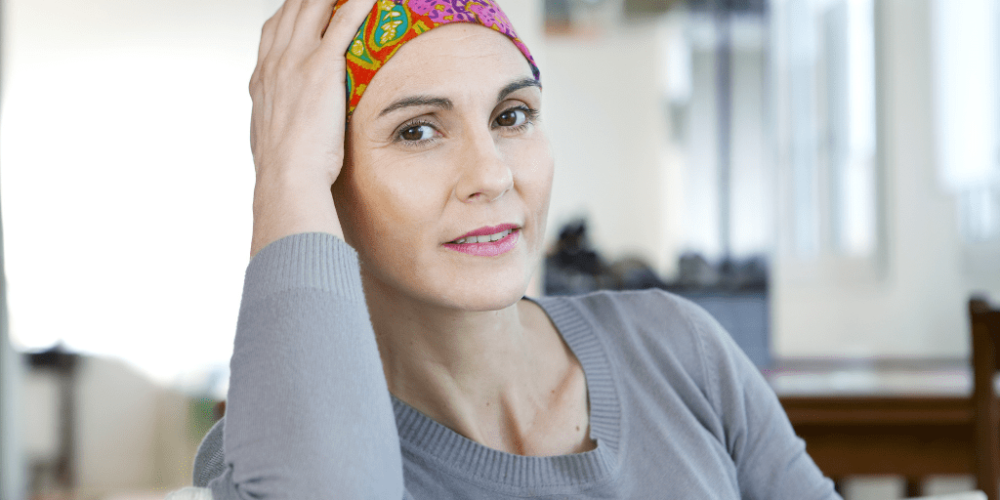Traditional radiation therapy sometimes requires patients to receive small, often permanent tattoos on their skin to help position them for treatment. According to a recent study, around 70% of women treated with radiotherapy for breast cancer had negative feelings about these markings.
For the first time, there are now more than 100 centers recognized by Vision RT as offering tattoo and mark-free radiation therapy. This global milestone has been reached thanks to Surface Guided Radiation Therapy (SGRT), a technology invented by Vision RT.
“The goal of radiation treatments is to make sure that we’re targeting the exact same area each time we treat. Tattoos have been a fairly simple way to start that process,” says Dr. Vinay Sharma, MD, FRCP(C), a radiation oncologist at GenesisCare’s South Florida Radiation Oncology Center. “I think most people have been a little taken aback when they’ve learned that they might need tattoos as part of their treatment. Those marks are a constant reminder. Every time you look at yourself in the mirror, you’re going to see those tattoo marks. Being able to avoid that lets people get back to their lives without having that constant reminder.”
AlignRT uses 3D stereo cameras to monitor a patient’s skin surface in real-time and compares it to the ideal position with sub-millimetric accuracy. This ensures radiation is delivered only when a patient is correctly positioned, enhancing safety and comfort and eliminating the need for tattoos and other permanent marks. Vision RT is working with clinical staff around the world to enable more centers to be able to offer this option.
“I think any radiation department could benefit from surface guided technology,” said Dr. Sharma. “Going tattoo and mark-free benefits the patients, but there’s also an advantage for me as a radiation oncologist, in that SGRT offers continuous monitoring. I think it’s just a matter of providers recognizing the advantages of this and making the decision to go forward with this technology.”
Margarita Knibbs, one of the first people in Europe to be offered tattoo and mark-free radiation therapy back in 2017, also feels this a key option for patients. “I didn’t want to look in the mirror and have to see tattoos as another reminder of breast cancer for the rest of my life,” she said. “Four years later, to think some patients are still being tattooed is crazy. It’s an old-fashioned technology. My advice to any clinic that isn’t offering tattoo-free treatments is: talk to your patients. Ask them. Think how you’d feel if you had cancer and you had to go through surgery – would you prefer having a tattoo or not having one? The answer is easy, and I think everyone should have access to this.”
Click here to find a clinic offering tattoo and mark-free radiation therapy near you.


 Back to newsroom
Back to newsroom